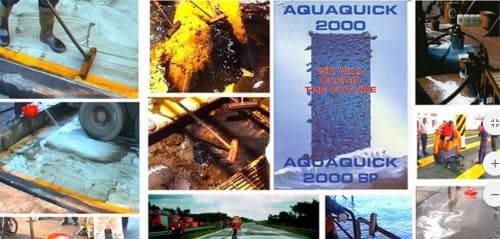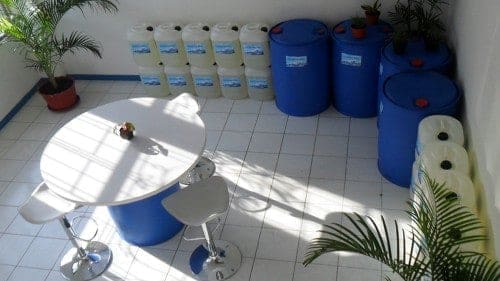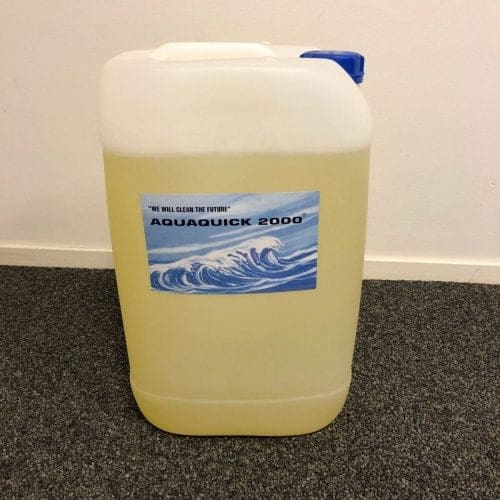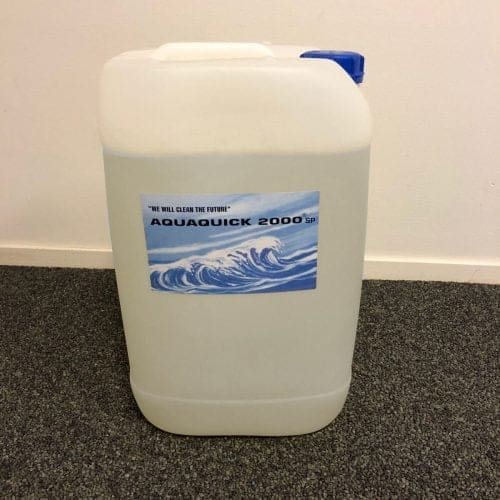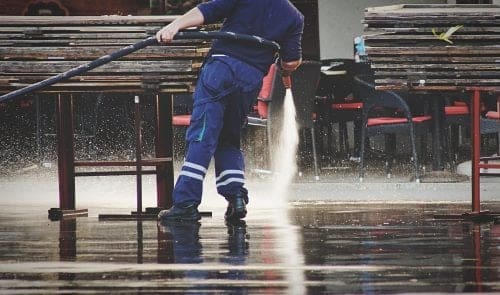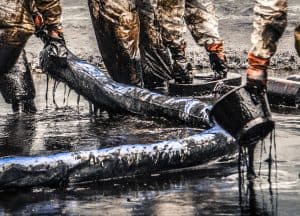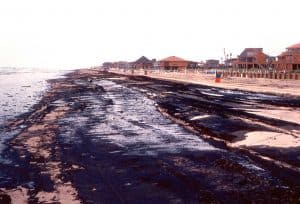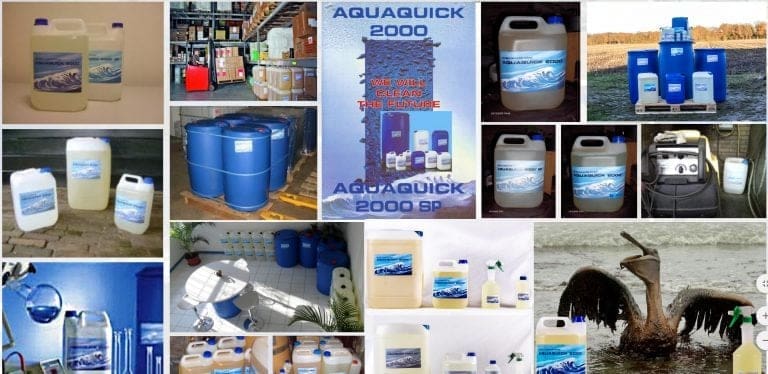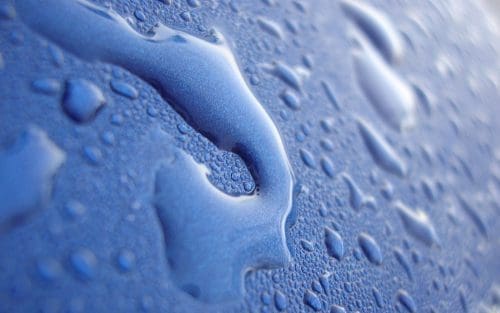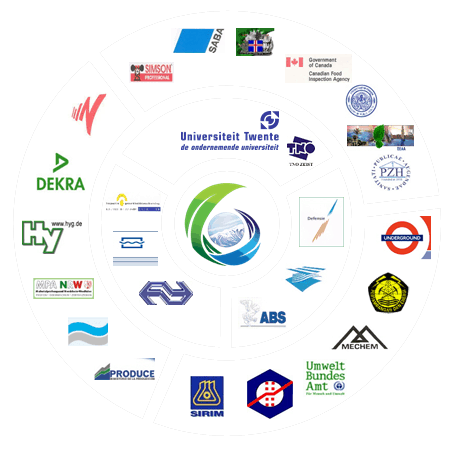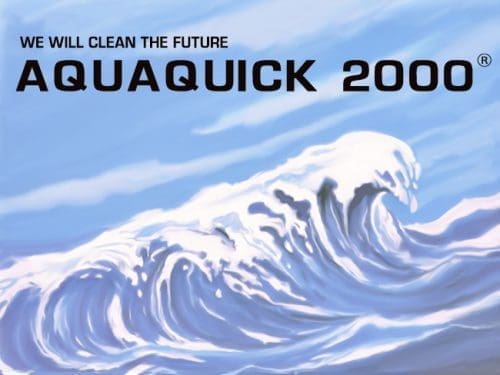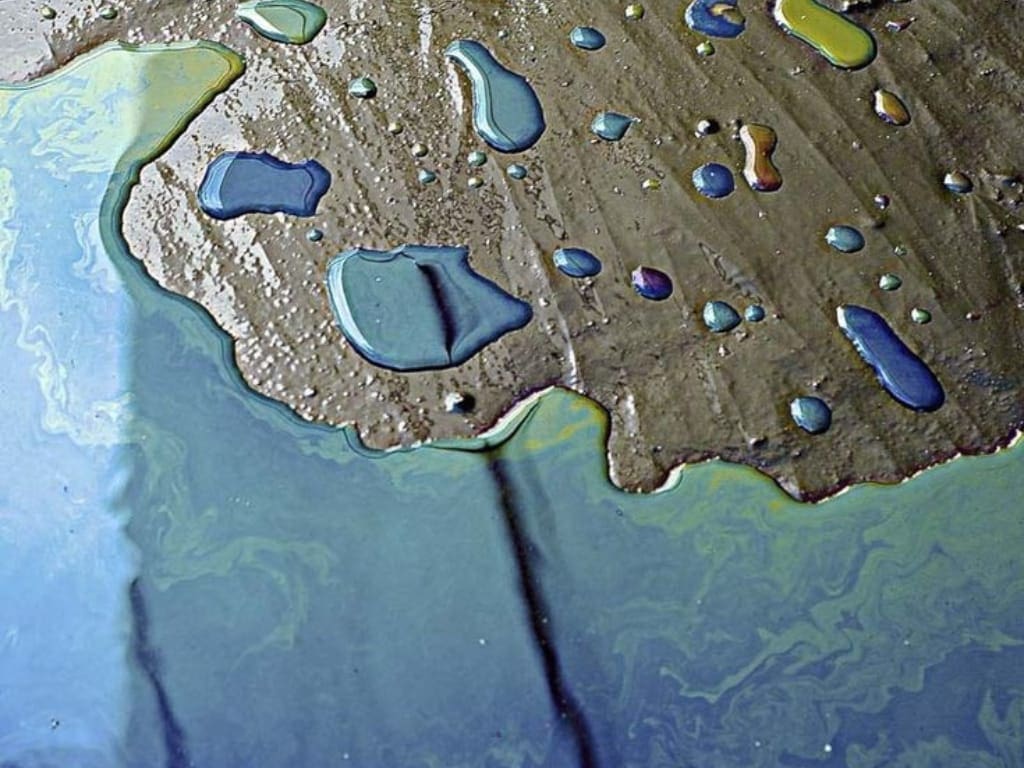A leak of oil is a common yet critical issue that can occur in various settings, from industrial facilities to personal vehicles. Left unattended, it can result in significant damage to machinery, environmental harm, and costly repairs. Understanding the causes, identifying the signs, and adopting effective solutions for managing oil leaks is crucial for both individuals and businesses.
What Is a Leak of Oil?
A leak of oil happens when oil escapes its containment due to damage, wear, or operational errors. This can occur in engines, industrial machines, pipelines, and storage tanks. Even minor leaks can escalate into severe problems if not addressed promptly.
Common Causes of Oil Leaks
1. Degraded Seals and Gaskets
Over time, seals and gaskets lose their effectiveness due to heat, pressure, and aging. This degradation often leads to leaks.
2. Corroded Oil Tanks or Lines
Oil storage tanks and pipelines are prone to corrosion, especially if not properly maintained. Rust and cracks can create pathways for oil to escape.
3. Improper Installation
Incorrect installation of components like oil filters, gaskets, or tanks can result in poor sealing, leading to leaks.
4. Mechanical Damage
External impacts, vibrations, or wear can damage machinery and storage equipment, causing oil leaks.
5. Excessive Pressure
High-pressure conditions can force oil out through weak points in the system, especially in pipelines and industrial machinery.
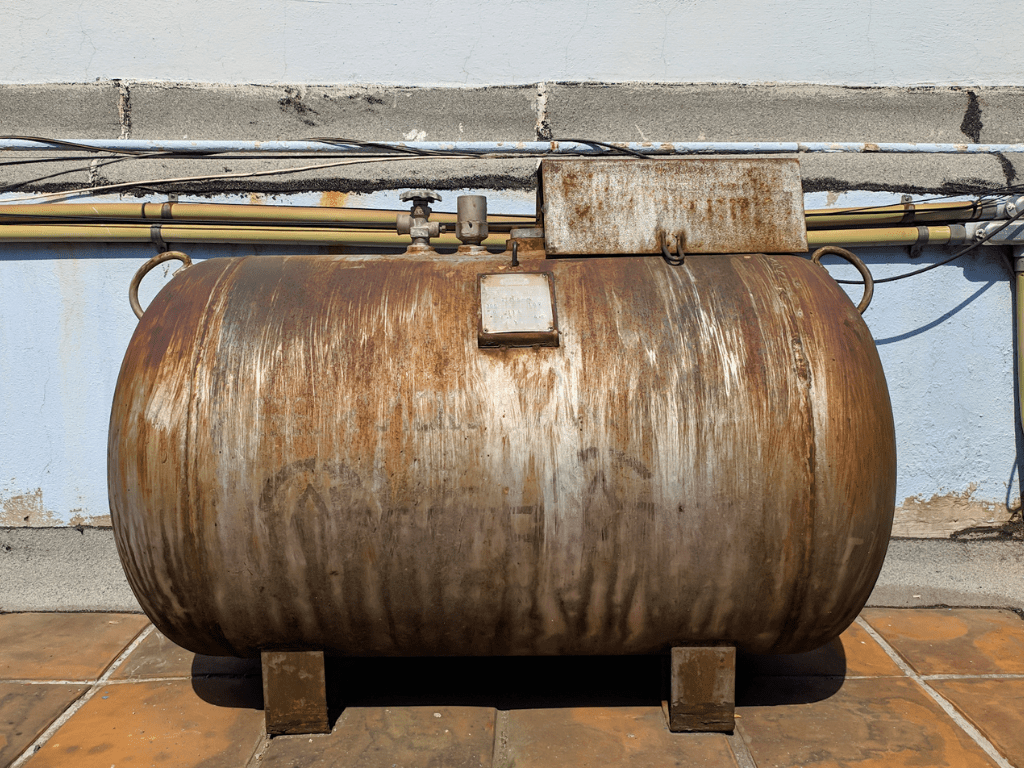
Risks and Consequences of Oil Leaks
1. Environmental Pollution
Oil leaks can contaminate soil, waterways, and marine ecosystems. The damage is often long-lasting, affecting wildlife and vegetation.
2. Fire and Explosion Hazards
Oil is highly flammable. Leaks in industrial settings or near heat sources can lead to fires or explosions.
3. Operational Downtime
Industrial leaks can halt operations, leading to delays and financial losses.
4. High Repair Costs
Addressing the consequences of oil leaks is often more expensive than preventive maintenance.
5. Health Risks
Exposure to leaked oil can pose health risks, including respiratory issues and skin irritation.
Identifying a Leak of Oil
1. Visible Oil Patches
Oil stains on the ground, machinery, or equipment are clear signs of a leak.
2. Decreased Oil Levels
Frequent top-ups of oil levels without apparent consumption indicate a potential leak.
3. Unusual Odors
A strong, oily smell near machinery or storage areas could signal a leak.
4. Performance Issues
Machinery with insufficient oil often operates less efficiently and may produce unusual noises.
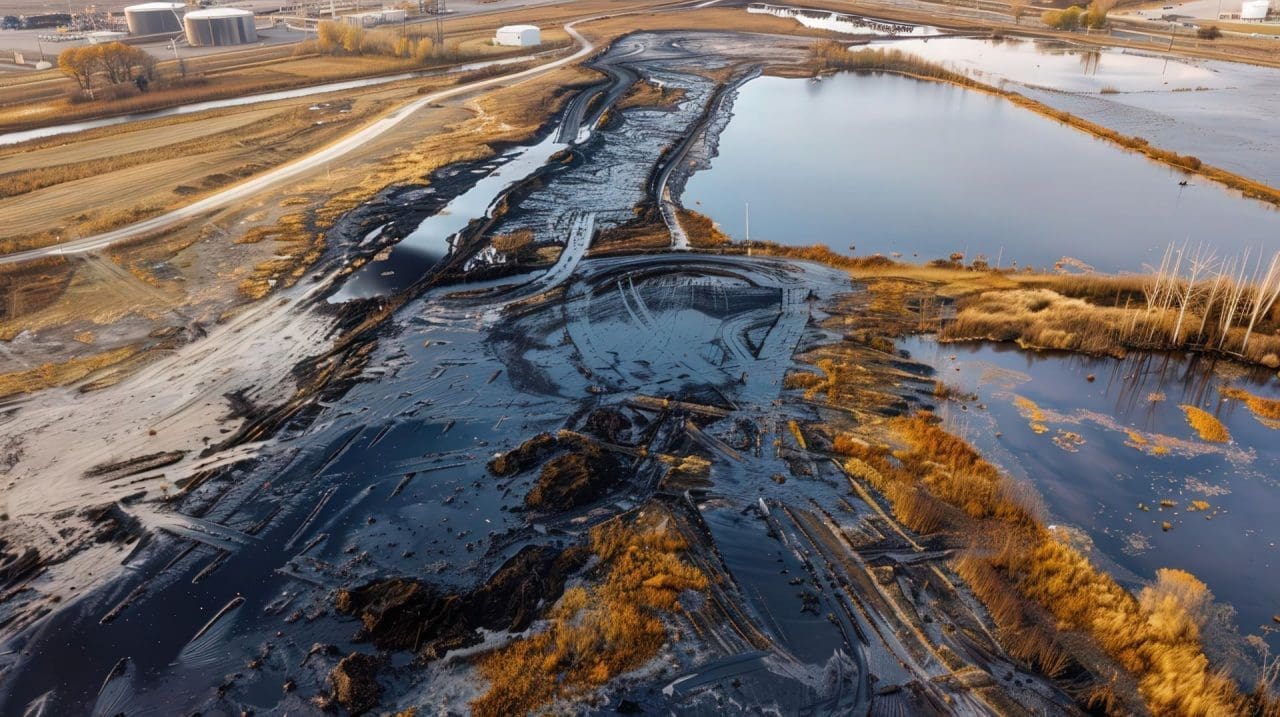
How to Manage and Fix Oil Leaks
1. Inspect and Identify the Source
Thoroughly inspect machinery, pipelines, or storage tanks to locate the origin of the leak. Look for worn seals, corroded parts, or loose connections.
2. Repair or Replace Components
Replace damaged seals, gaskets, or corroded parts. Tighten loose fittings and ensure all components are properly installed.
3. Use an Oil Spill Cleaner
To manage spills effectively, use eco-friendly cleaning agents like AQUAQUICK 2000, which breaks down oil without harming the environment.
4. Upgrade to Durable Materials
Switch to high-quality, corrosion-resistant materials for pipes, tanks, and seals to reduce the risk of future leaks.
5. Monitor and Maintain
Implement regular inspections and maintenance schedules to catch potential issues early.
Preventing Oil Leaks
1. Regular Maintenance
Routine checks and timely repairs of machinery and equipment can prevent leaks from occurring.
2. Proper Installation
Ensure all components are installed according to manufacturer specifications to avoid sealing issues.
3. Invest in Quality Components
Using high-quality seals, gaskets, and pipes can extend the lifespan of your system and reduce the likelihood of leaks.
4. Use Biodegradable Cleaning Solutions
In case of accidental leaks, using biodegradable products like AQUAQUICK 2000 ensures that cleanup is effective and environmentally friendly.
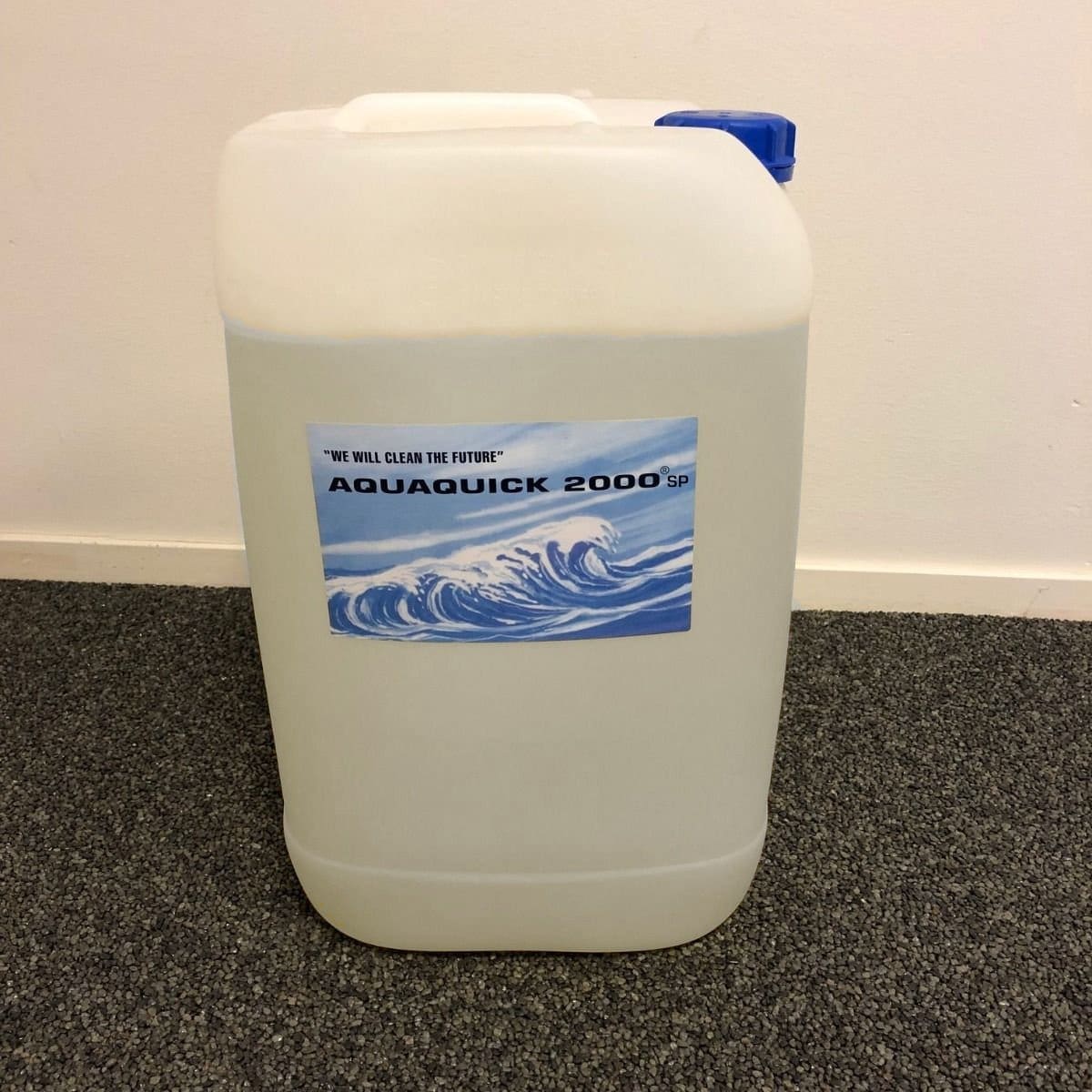
The Role of AQUAQUICK 2000 in Managing Oil Leaks
AQUAQUICK 2000 is an innovative, biodegradable oil spill cleaner designed to tackle leaks and spills in an eco-friendly manner. Its water-based formulation makes it suitable for use in various industries, including automotive, marine, and manufacturing.
Key Features of AQUAQUICK 2000:
- Biodegradable and environmentally safe
- Effective on all types of oil
- Easy to use in industrial and domestic settings
Applications:
- Cleaning oil spills on machinery and floors
- Decontaminating affected soil or water
- Managing leaks in marine and industrial environments
Conclusion
A leak of oil is more than just a nuisance; it’s a serious issue that can harm machinery, disrupt operations, and damage the environment. By understanding the causes, recognizing the signs, and taking preventive measures, you can minimize risks and costs associated with oil leaks. For effective cleanup, trust AQUAQUICK 2000, a safe and eco-friendly solution that ensures both thorough cleaning and environmental protection. Regular maintenance and prompt action are key to preventing and managing oil leaks efficiently.

